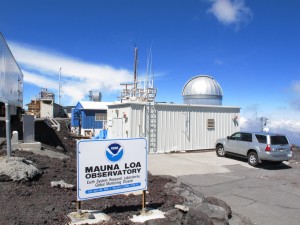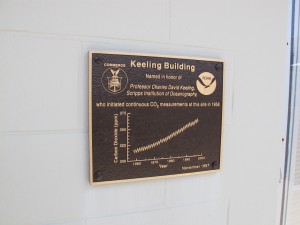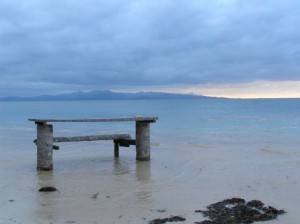by Meghan Beamish
One of the central tenets of effective climate change communication (actually, any form of communication) is to know your audience. This tenet is centred around the fact that we all have a background that influences who we are and what we choose to believe. Our communities, families, religions, experiences, jobs all play a decisive role in determining how we react to and digest information that is presented to us. We all have a context.
But, if new information does not align with our established contexts, problems arise. Sometimes the information, no matter how scientifically true, is discarded. This is when facts are not enough.
In a recent Perspective in Nature Climate Change, Elizabeth M. Walsh and Blakely K. Tsurusaki make a case for context-based climate education. I suggest going through and reading the whole thing, especially if you are interested in climate change education (and, even if you aren’t, the ideas and concepts that they present are applicable to wider science communication). It is a well crafted and engaging read. But I’ll paint a bit of a picture for you.
The way that I understand it, context-based climate education uses students’ backgrounds and initial understandings of climate systems as a starting point, and then works from there. Students and teachers explore why conflicting perceptions of climate change exist, while they integrate the scientific facts into lessons. This is an approach that requires deep engagement on both sides of the student-teacher relationship, but it doesn’t seem to require anything too radical:
Something as simple as having a discussion or giving a short survey can reveal not only students’ initial conceptual understandings, but also the interests, values, attitudes and relevant home and community practices that can be leveraged in a classroom to support holistic climate change learning.
Some advice for educators:
Rather than seeing controversies as something to be feared or relegated to a non-science class, we should instead view this as an opportunity to foster deeper science learning and to engage students in exciting, cutting-edge science.
I’ve seen this melding of the science and social controversy in university level courses – here at UBC in Simon’s Climate Change: Science and Society, and in this recent New York Times article. If you ask me, these courses should be a graduation requirement for all, and the idea of combining scientific and critical-social thinking in high-school classrooms is a challenging but inspiring idea.
While the Walsh and Tsurusaki article focuses primarily on classroom education, the authors also make it clear that by engaging a person’s context into the climate discussion, we can foster deeper understandings of climate systems and the social controversy that exists around anthropogenic climate change.
So my advice to us all: let’s think about context. Start by thinking about your audience’s context. Maybe even take a survey. Then, encourage your audience to think about their own context.



